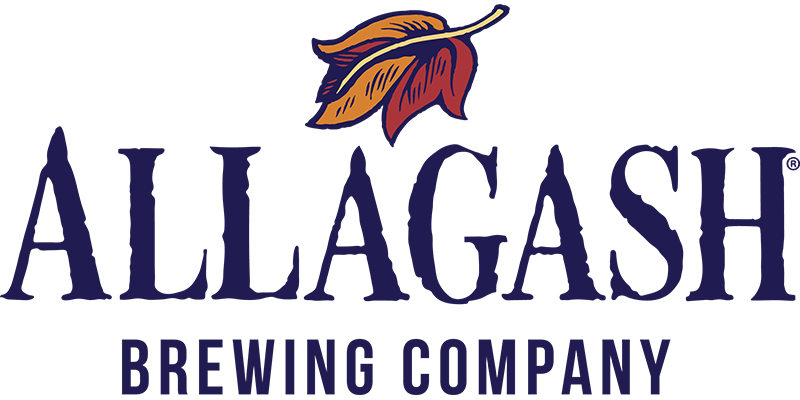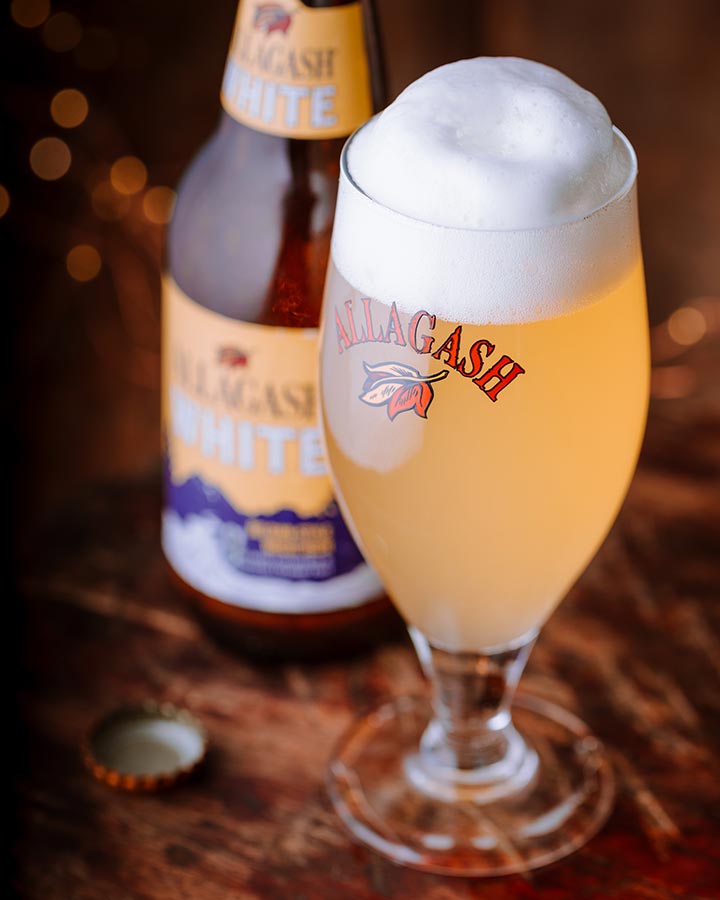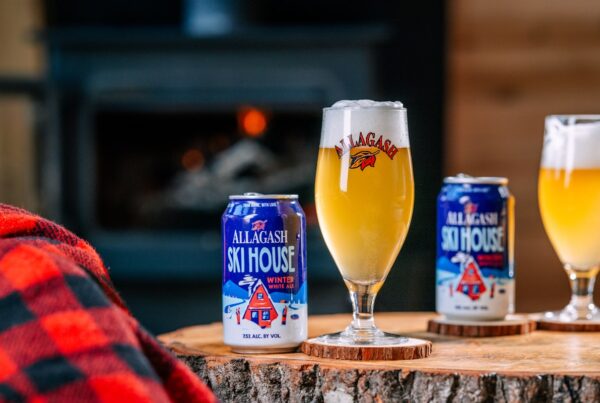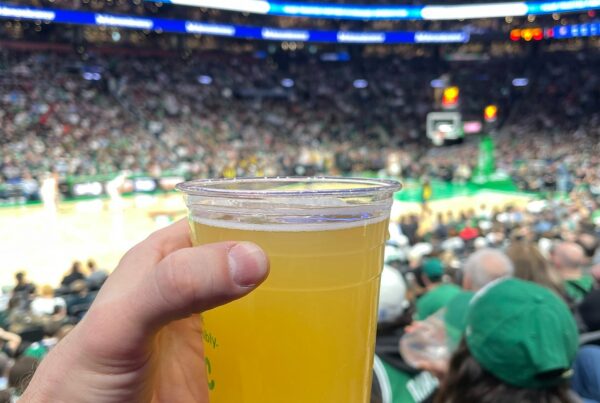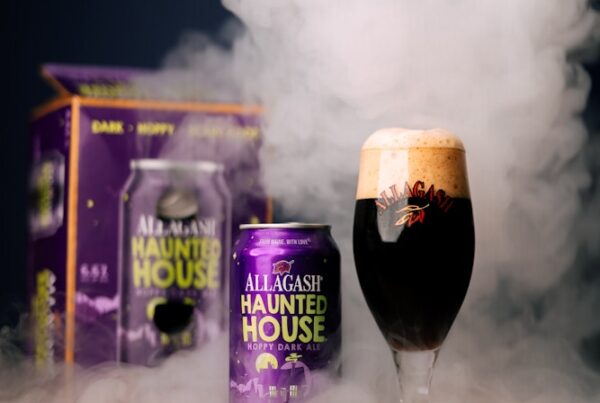It’s 1993 and Rob Tod had recently graduated from Middlebury College. While deciding whether to go back to school for geology or do something else, he takes a temporary job as a keg washer at Otter Creek brewing. Two days later, he knows that his time in brewing won’t be so temporary.
Finding a passion in beer
Over the course of that year, Rob learns the fundamental skills of the brewing trade: brewing, bottling, kegging, and more. He’s also introduced, by his co-workers, to an array of beers he’d never had before—most notably Belgian-style beers.
Cut to the fateful evening when Rob decided to try a Belgian-style witbier called Celis White. Created by Pierre Celis—a fabled brewer who single-handedly brought the witbier style back from the dead in his hometown of Hoegaarden, Belgium—the beer sparked something in Rob. First, he thought that it tasted odd. Unexpected. Then, after more consideration (and another Celis White or two) Rob’s mind changed. He was captivated by how the beer’s spice profile blended so seamlessly into the notes of citrus and clove created by the yeast. How the beer’s pillowy mouthfeel formed a counterpoint to its refreshingly dry finish. How it was both complex and drinkable. It was a new experience with beer.
For Rob, an idea was sparked, a passion even. To give people new experiences with beer.
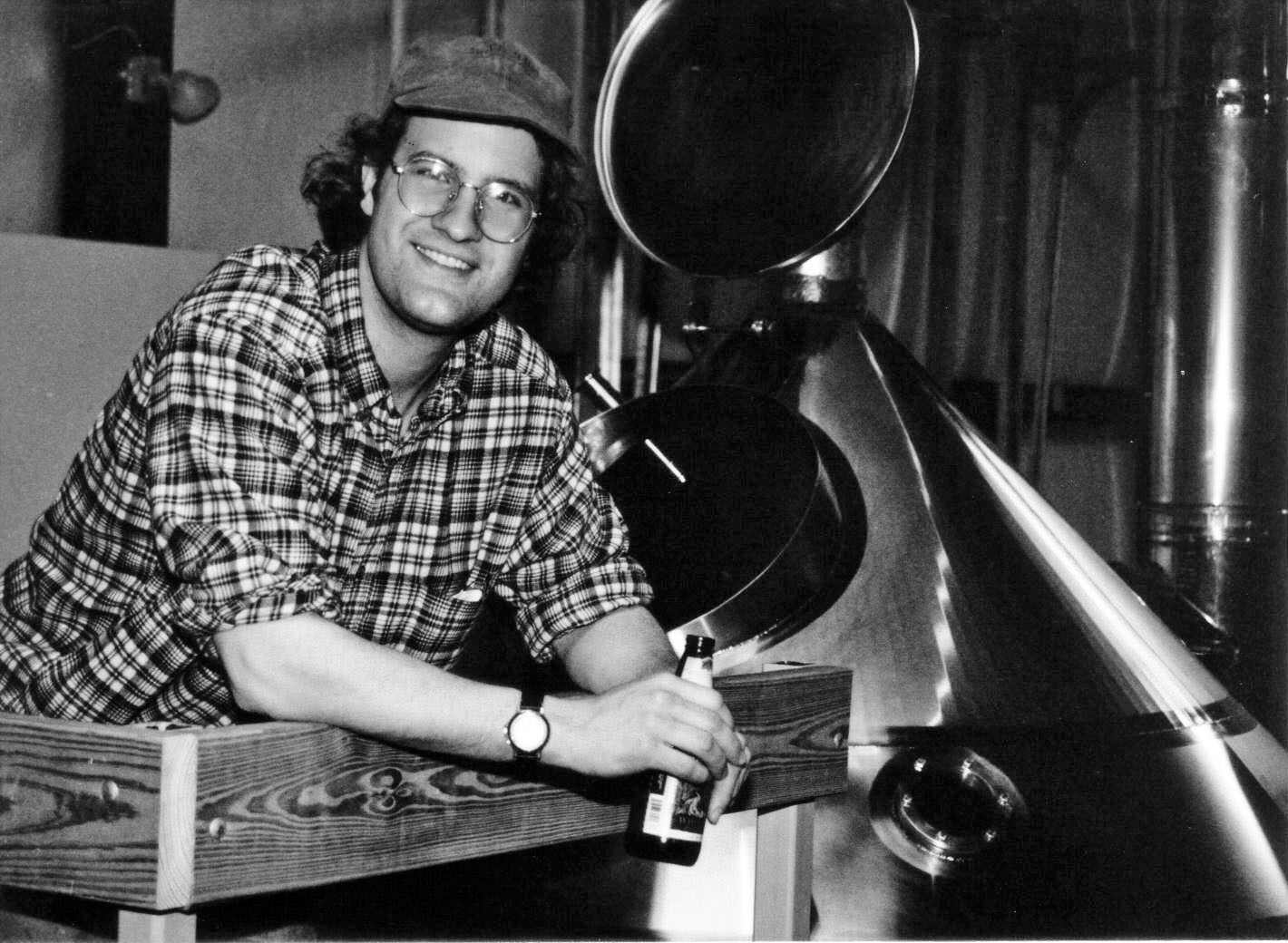
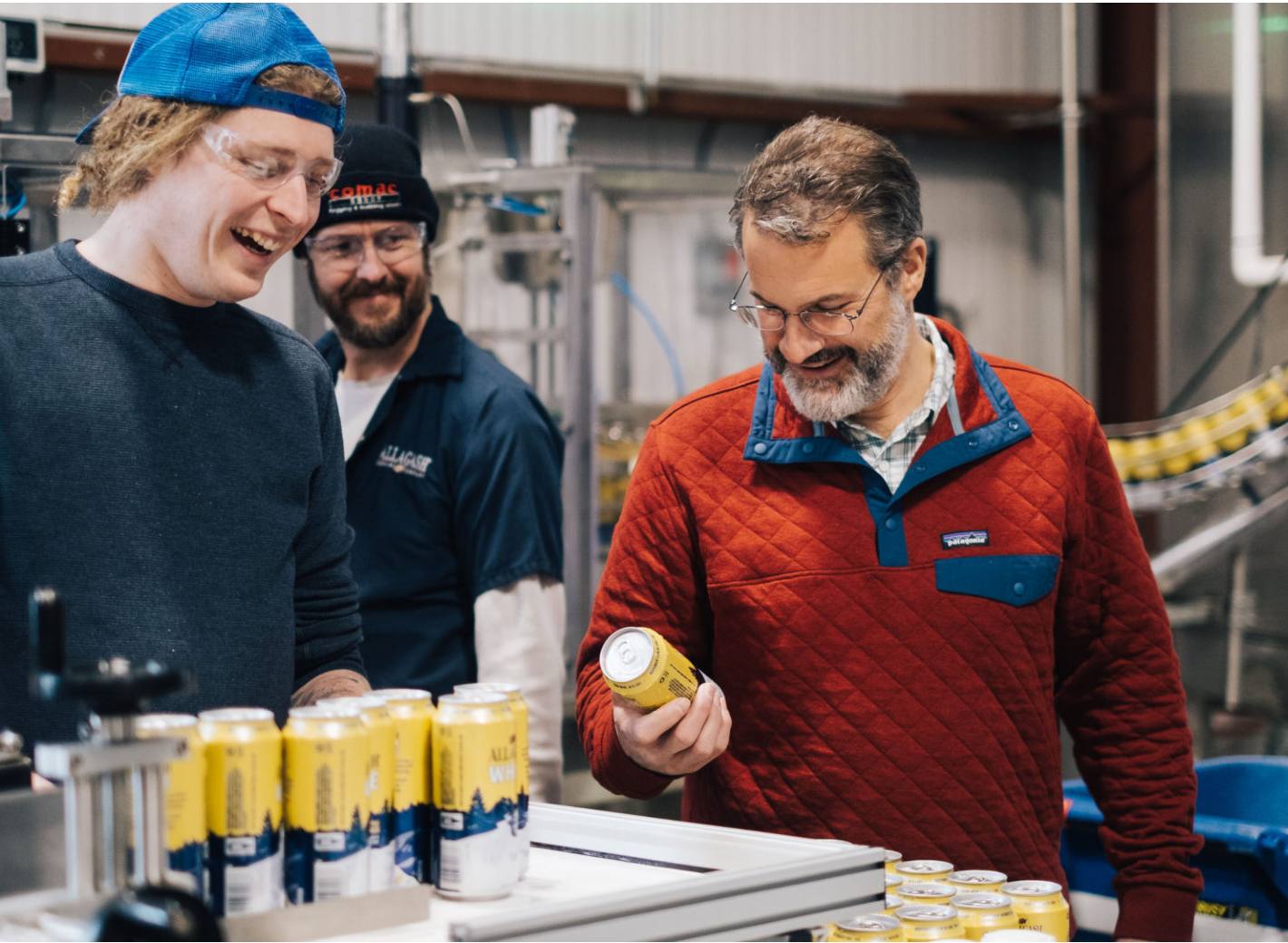
Rob way back in 1995 on the left. Rob, in 2018, seeing Allagash White in cans for the very first time at right.
Building a brewery from the ground up
In 1994, after one year at Otter Creek, Rob decided to set out on his own in the brewing world. He planned out Allagash Brewing Company, rented a corner of a warehouse on the outskirts of Portland, Maine, and got to welding. With a 10-gallon pilot system, he tried out variations on his own witbier. At the time, few other craft brewers in America (beyond Celis Brewing) were brewing the witbier style; the focus in the mid-90s was on maltier English-style ales, and to a smaller extent, pale ales. To Rob, that was the point; he wanted to brew something that would be unfamiliar to the average beer drinker, to surprise and delight them, as he had been surprised and delighted by his first taste of witbier.
The process went like this: Rob brewed eight 10-gallon test brews of his Belgian-style witbier in 1994 and 1995. Then, he brewed two 15-barrel test brews on his “custom” brewing system—that Rob welded together using what had originally been dairy tanks. On the third 15-barrel brew, Rob felt that he’d successfully dialed in his Belgian-style witbier, called Allagash White, and went about trying to sell it. His spice additions were traditional Belgian witbier ingredients, like Curacao orange peel (a more bitter variety than others like valencia), coriander, and one secret spice. Funny enough, unnamed ingredients are also a Belgian brewing tradition of sorts—like with many cooks, brewers don’t want to give away all of their secrets.
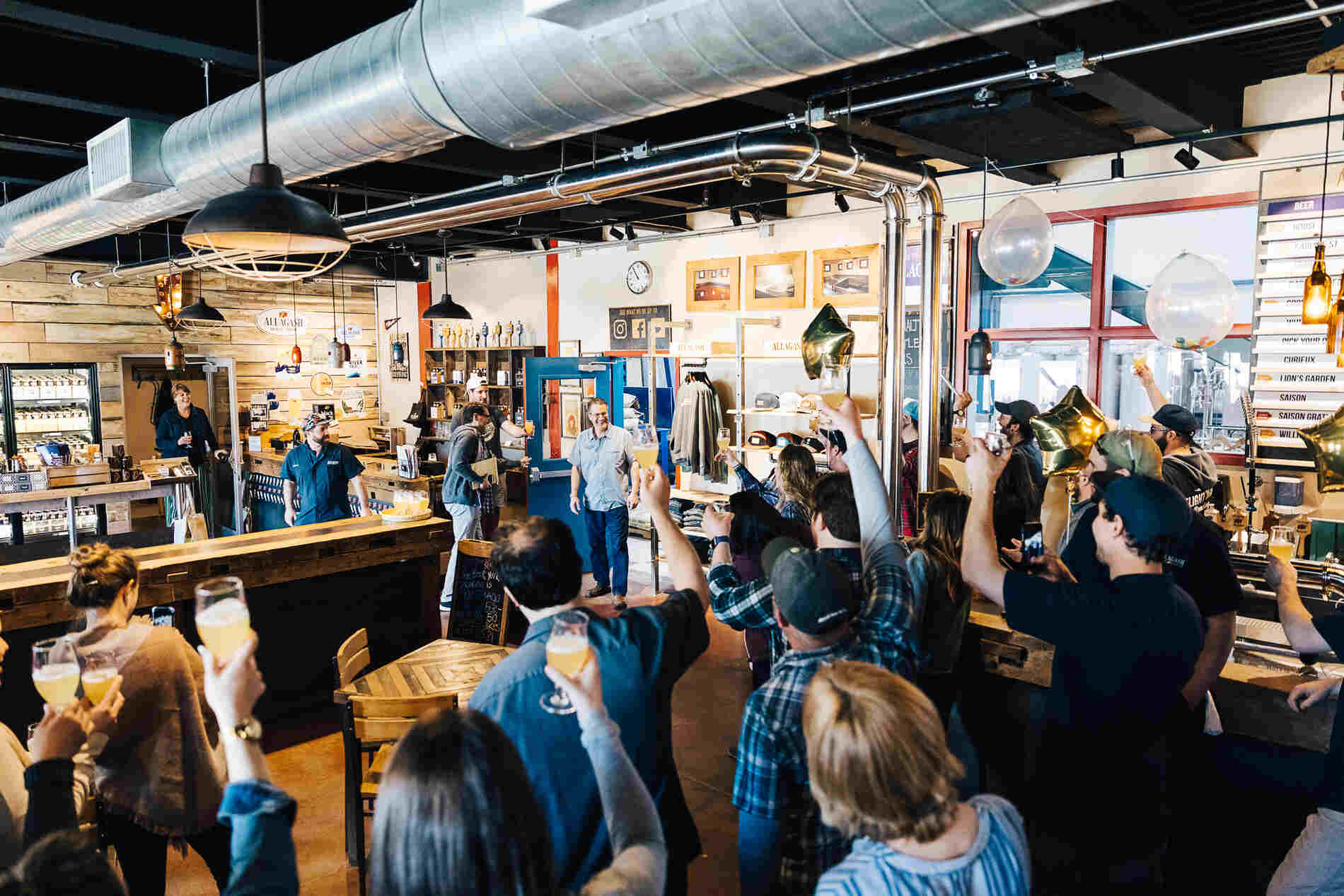
The moment when Allagash staff surprised Rob with a toast to his James Beard Award for outstanding Wine, Spirits, or Beer Professional.
Slow and (sometimes) Steady
To encapsulate the next ten years, people didn’t know what to think of Allagash White. It was hazy (they were used to clear beers), it had an unfamiliar aroma thanks to its Belgian yeast (they were used to beer smelling like, well, beer), and it was brewed with spices (what, like kitchen spices? Well, kinda). Supported by trailblazing local bars like The Great Lost Bear in Portland and Joshua’s in Brunswick, Rob was able to get his beer out there. Gradually, the more people tried it, and the more that other witbiers—most notably, Blue Moon made by Molson Coors—became widely available, the more the beer started to catch on.
And in Rob’s words, he wasn’t worried about the slow pickup. He, in all honesty, thought that he’d never have more than maybe ten employees. That he would have been happy toiling away in obscurity making enough Allagash White to serve bar patrons around Portland and, if he was lucky, a few surrounding towns.
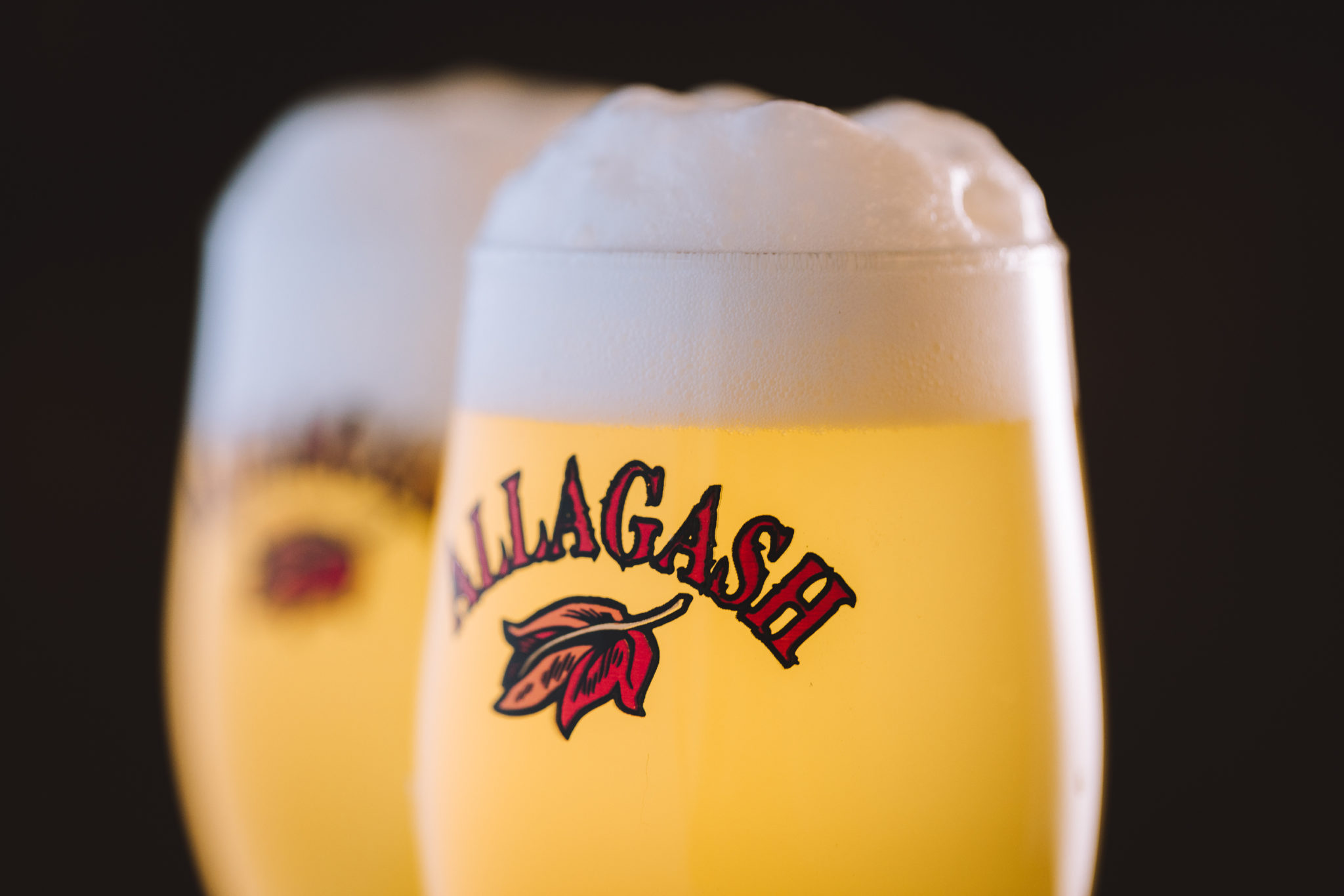
Allagash White in all of its citrusy, hazy glory.
The House that Allagash White Built
But things turned out differently. As of this writing, Allagash is a company of around 150 people, still working in the building where Rob started (with some additions along the way), right here in Portland, Maine. We make more than just Allagash White, and a bit more Allagash White than Rob ever expected to. And we’re still dedicated—alongside our B Corp initiatives to give back to our employees, community, and environment—to giving people new experiences with beer.
We’ve heard of Allagash White described as a go-to gateway craft beer. In other words, a beer that craft beer veterans give to their curious friends when they want to introduce them to the diversity of flavors that craft beer has to offer. And if younger Rob, way back in 1993, heard about that, we think he’d be pretty excited.
